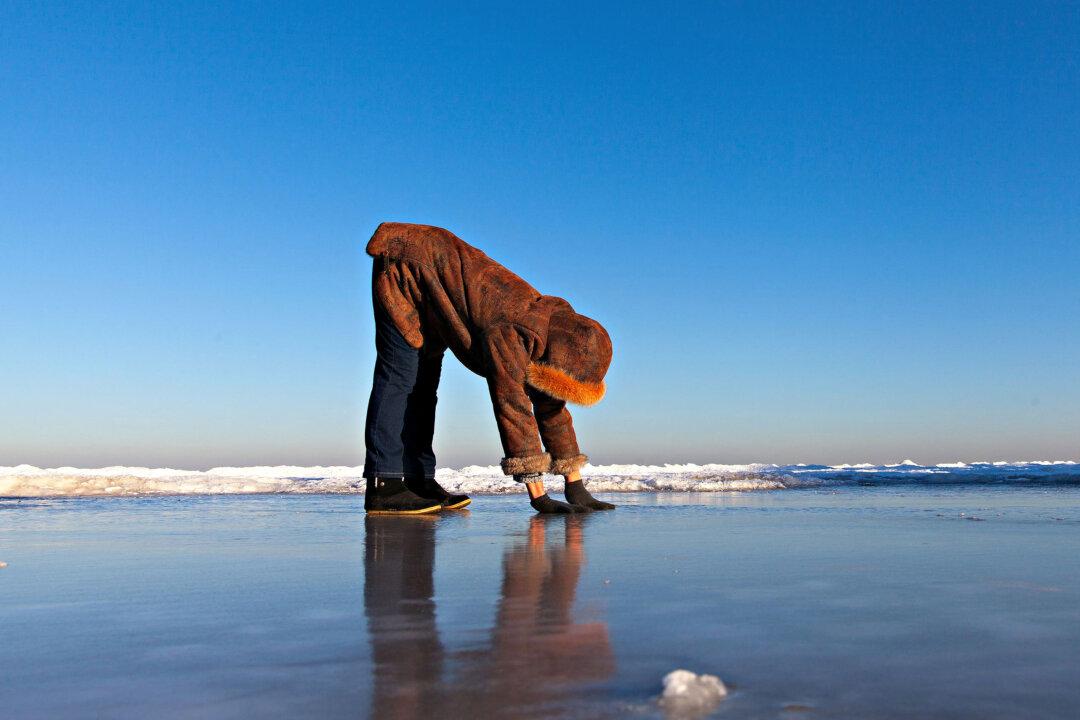Winter in Minnesota is beautiful, but it can also be a challenge. Cold. And not just cold, numbing. Even the dog won’t go outside and I have to bundle up just to grab the mail.
Weather Report: Cloudy With a Chance of Pain
You can learn about the nature of your illness by noticing how it changes with the seasons

Mr.Note19/Shutterstock
|Updated:




